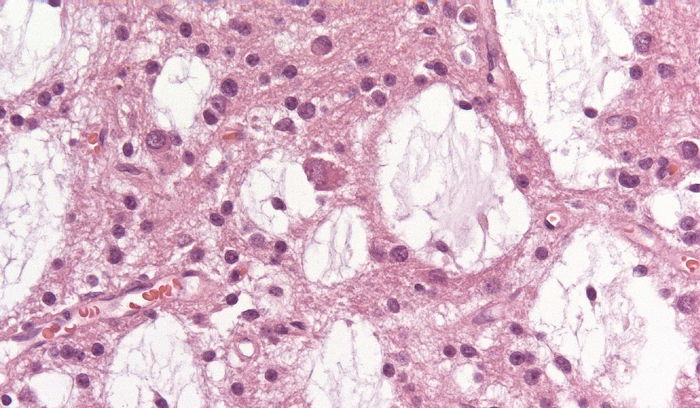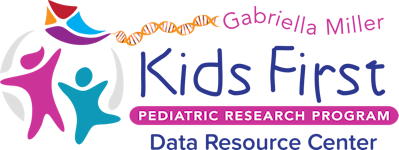Dysembryoplastic Neuroepithelial Tumor
DNET

Summary of
Dysembryoplastic Neuroepithelial Tumor
Septal DNET generally presents with symptoms related to obstructive hydrocephalus.[69,70] Septal DNET has an indolent clinical behavior, with most tumors not requiring treatment other than surgery. In a single-institution series that incorporated other literature-reported cases, the median age at presentation was in the adolescent age range.[71]
Mutations that are common in low-grade gliomas (e.g., BRAF V600E) and in cortical DNETs (FGFR1 mutations) are uncommon in septal DNET.[70-72] Instead, mutations in PDGFRA at the K385 residue typify most cases of septal DNET.
Available CBTN Biospecimens
participants with flash-frozen tissue available
participants with match blood
participants with match parental specimens
participants with cerebral spinal fluid
Available CBTN Pre-clinical Models
genomically characterized cell lines with data available
genomically characterized pdx with data available
How do I get access to the specimens?
To request any of the biospecimens, or pre-clinical model please fill out this form.
Request take approx. 3 months and will require review by the scientific committee and MTA.
Need help? Contact us at research@cbtn.org
Explore the data in these informatics portals
How do I get access to the data?
To access the data please follow these instructions. Need help? Contact us at research@cbtn.org
You can access processed data today here by simply logging in to PedcBioPortal
You can request raw data by completing this form. The review normally takes 1 week. Once approved you can access the raw data by creating cohorts of interest on the Kids First Data Resource Portal and performing analysis on the cloud in Cavatica



